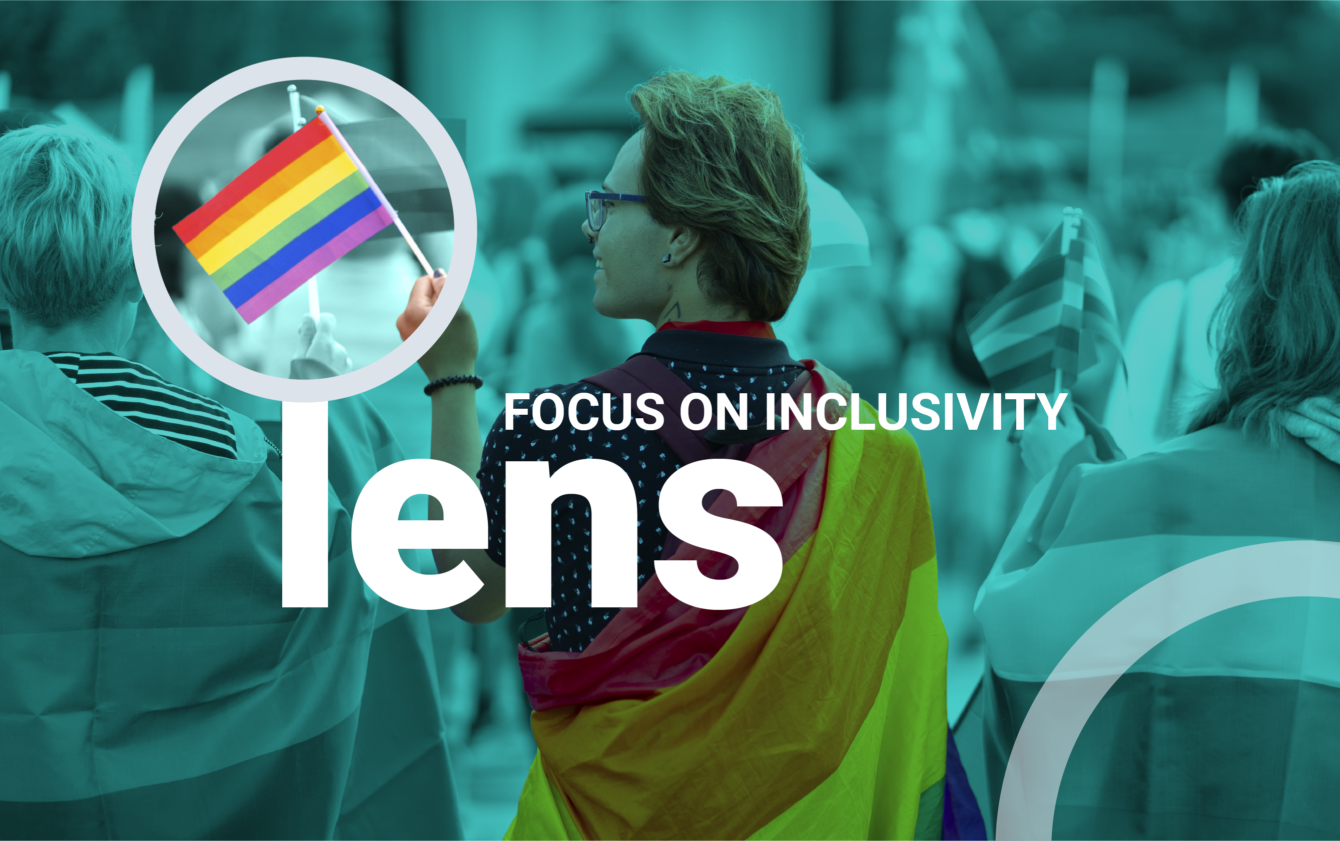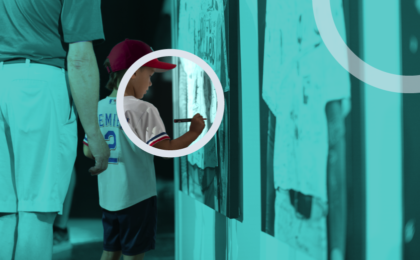Designing Inclusive Events

Lens is an initiative dedicated to the study of external factors and influences at play in the world of live events, created and moderated by the Strategy team at BaAM.
While the COVID pandemic forced event producers to rethink how we design and program events, it has set the course to consider other ways we can ensure experiences are accessible, safe, and fun for a broader audience – especially in light of shifting gender norms and societal changes underway.
Last year, the Harvard Business Review reported that “globally, 25% of Gen Zers expect to change their gender identity at least once during their lifetime.” Compare those numbers with data from the HRC Foundation’s “Dismantling a Culture of Violence” report, which found that trans and gender non-conforming members of the LGBTQIA+ community face a higher risk of hate-motivated violence. With this in mind, it stands to reason that there is more we can do to ensure the safety for a growing segment of society.
To learn more about how experiences can be designed to address the needs of a gender diverse audience, I spoke to Rodrigo Heng-Lehtinen at the National Center for Transgender Equality. Rodrigo acutely pointed out that “There are so many trans people a part of fandom and it has nothing to do with being trans but they still want to feel welcome in the space.”
Reconsider what information you actually need from event attendees at time of registration and entry
ID verification can be anxiety-invoking for transgender and gender non-conforming guests. Quite often one name field in a registration form doesn’t always cut it. Perhaps the name on a driver’s license or credit card doesn’t match someone’s preferred name. Provide separate fields for this information and avoid auto-populating them. Allow guests to check-in using their preferred name. Take time to think about what info you actually need from your event attendees, what you’re going to use it for, and how you’re going to store it.
Develop a thorough event transportation and accessibility plan
Rodrigo pointed out that transgender people on average have lower incomes. His data comes from the U.S. Transgender Survey – the largest most comprehensive survey in the country re trans studies. As transgender people are more likely to work erratic hours with lower wages, having your event near public transit will enable better access for a more diverse audience. Making accessibility improvements overall can positively impact the trans experience as well, as this community often has less access to healthcare within the US.
A little bit of research will go a long way in your pre-production planning
Take time in the pre-production stage to develop relationships within the community and uncover opportunities to engage more people and perspectives within your planning. Maybe there’s an LGBTQ community center nearby that can partner with your event or organization. Take time to learn about past incidents or issues within the local area. This may help identify trouble spots in advance so that you can get ahead of them, inform your staff, and plan accordingly to ensure the safety and enjoyment for all guests.
Establish a tone of respect with something as simple as signage stating: “Trans people are welcome here.”
This will go a long way – and it reinforces a commitment to a safe environment so that all can feel welcome and encouraged to attend.
Ultimately, Rodrigo assures event producers that "You don't have to be an expert." But taking time to understand if past approaches need to be re-thought is a step in the right direction.
Even a heads up with advance training for staff makes a big difference in setting the tone, establishing values and creating the frame that event staff will work within.
Rodrigo Heng-Lehtinen (He/Him) is Deputy Executive Director at the National Center for Transgender Equality. The NCTE is dedicated to making it safer and easier to be Trans in the US by focusing on policy and society. Visit Transequality.org where you can sign up for their newsletter and learn more!
As BaAM’s Creative Director, Dio Vriniotis (He/Him) is dedicated to developing new concepts and setting new precedents for live events. He designs for the fans at the center of an experience with the goal of leaving a positive, lasting impression for all attendees.
With our Lens series, we are tapping the brightest minds and broadening the dialogue to better understand factors at play when engaging large audiences.



